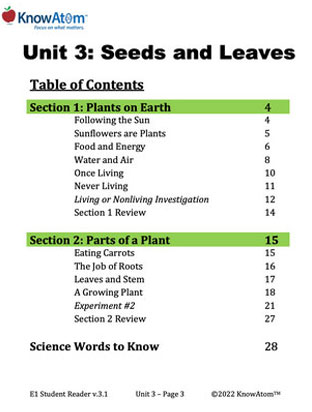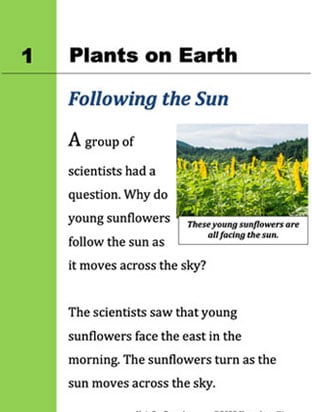In this lesson, students carry out an experiment to analyze how water affects the growth of plants’ external parts (roots, stem, and leaves) by comparing seeds planted with and without water. Additionally, students analyze the relationship between structure and function as they connect a plant’s structures with their functions, using what they know about the survival needs of all living things.





.png?width=359&height=459&name=Screenshot%20(1).png)


